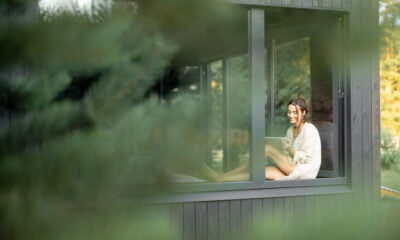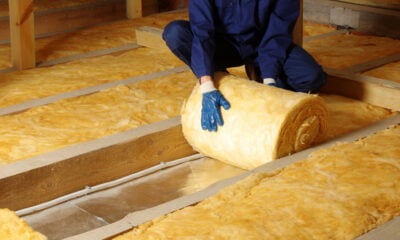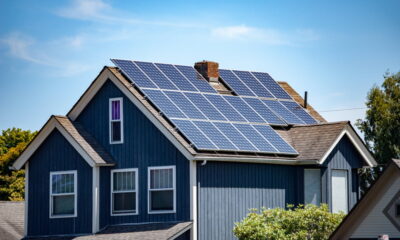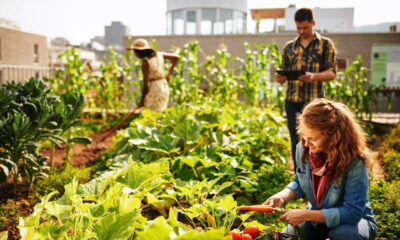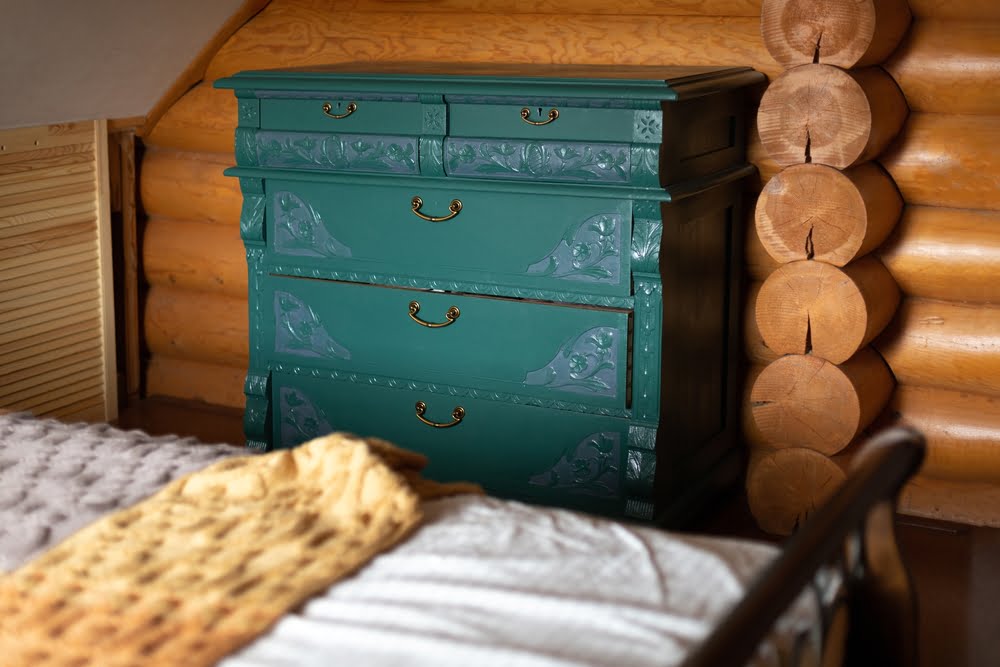
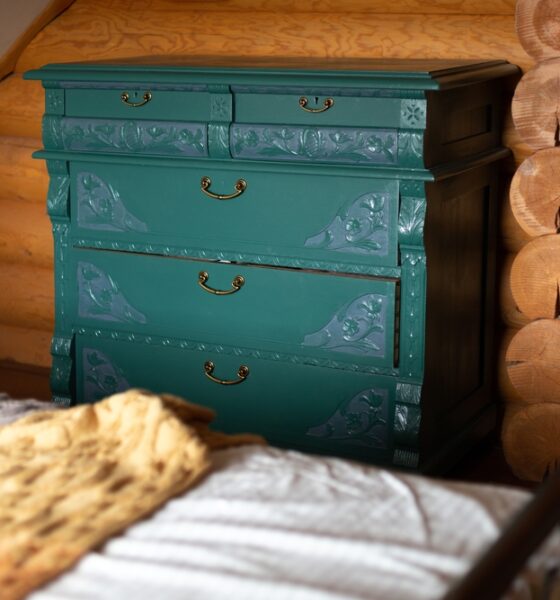
Sustainability
Our Top Five Sustainable Home Renovations For 2023
Sustainability is becoming a lot more important to most people. One poll found that 51% of people reported sustainability has become a lot more important to them in just the span of 12 months.
It can be tough to know where to start when you want to live more sustainably. Heaps of people struggle with this! One great way to make a difference is by doing some eco-friendly renovations at home. To make sure these changes look good and work well, chat with the best Sydney-based architect. They can help you create a stylish and sustainable home.
But what home renovations should you make when you are trying to create a more eco-friendly property? Keep reading to learn more.
Renovation Tips for Making an Eco-Friendly Home
Building a sustainable home is a critical part of your environmental responsibility. From lowering your carbon footprint to helping you save money on your monthly energy bills, there are so many benefits to supporting the planet through changes you make to your home.
Whether you’re upgrading a compact city apartment or a traditional barn conversion, it’s worth knowing how to focus on a few of the best eco-friendly renovations.
1. Insulate the whole property
The single most important thing you can do to help lower your energy bills is to insulate your whole house. Cavity wall insulation helps to keep most heat inside your home, while draughtproofing with quality seals for your doors and windows also plays a vital role.
Insulating the top of the house is also essential if you’d like to stay warm through the winter and cool in the summer too. Unfinished attic spaces are particularly vulnerable to air transfer through the year, so you should try to insulate the access point to your living space in addition to the roof space and walls surrounding the attic itself.
2. Only use LED lightbulbs
You should consider using LED bulbs to lower your carbon footprint. They use up to 90% less energy and last 25 times as long.
According to lighting advice from the Energy Savings Trust, replacing all the lightbulbs in your home with LED lights could help cut your household carbon dioxide emissions by nearly 50kg over the course of a year. That can do wonders for the planet.
Traditional lightbulbs used halogen filaments, which consume much more energy than modern LED lights If you’re moving into an older property, it’s worth checking the bulbs around the house. You might also choose to use table lamps or solar-powered options to help reduce your energy bills even more.
3. Buy economical bathroom fittings
You should also try to have a greener bathroom. Did you know that the type of taps you buy could contribute to how much water you use? With efficient water-saving taps and economical shower heads, you could become even more eco-friendly with each trip to the bathroom.
However, fitting new bathroom appliances often calls for a full renovation of the suite itself. And if your property is particularly old or listed, these renovations can take a long time and mean a few extra costs will be incurred. To cover these expenses, you might need to boost your credit score to get the work completed to a high standard.
4. Create your own energy
Renewable energy is the future of sustainable living. From solar panels to air source heat pumps, there are several technologies available on the market that allow you to generate and use your own power. With enough panels, you can power your home completely – and if you make more energy than you need, you can sell it on.
Making your home less reliant on the grid might also encourage you to adopt other eco-friendly habits like composting or collecting rainwater, which could all benefit the natural environment surrounding your home. You might also be eligible for a governmental grant to reduce installation costs.
5. Install a green roof
Green roofs replace tiles with free-growing vegetation covering waterproof layers on the top of a flat roof on your home. This project could also make a wonderful choice for homes with garages or outbuildings and could take as little as one day to complete.
These innovative natural spaces provide a habitat for local wildlife and a food source for pollinating insects. In high-traffic areas, they could also create a sound barrier and help to absorb some of the harmful gases in the atmosphere. Critically, it also provides insulation for your home, helping you to keep the warm air inside.
Take the Right Steps to Make Your Home Greener!
With some inspiration and a little bit of knowledge too, creating a sustainable home is possible. Just remember to be careful if you’re working around live wires – and always consult a professional engineer if you’re unsure.


 Environment10 months ago
Environment10 months agoAre Polymer Banknotes: an Eco-Friendly Trend or a Groundswell?

 Environment11 months ago
Environment11 months agoEco-Friendly Home Improvements: Top 7 Upgrades for 2025

 Features9 months ago
Features9 months agoEco-Friendly Cryptocurrencies: Sustainable Investment Choices

 Features10 months ago
Features10 months agoEco-Friendly Crypto Traders Must Find the Right Exchange
